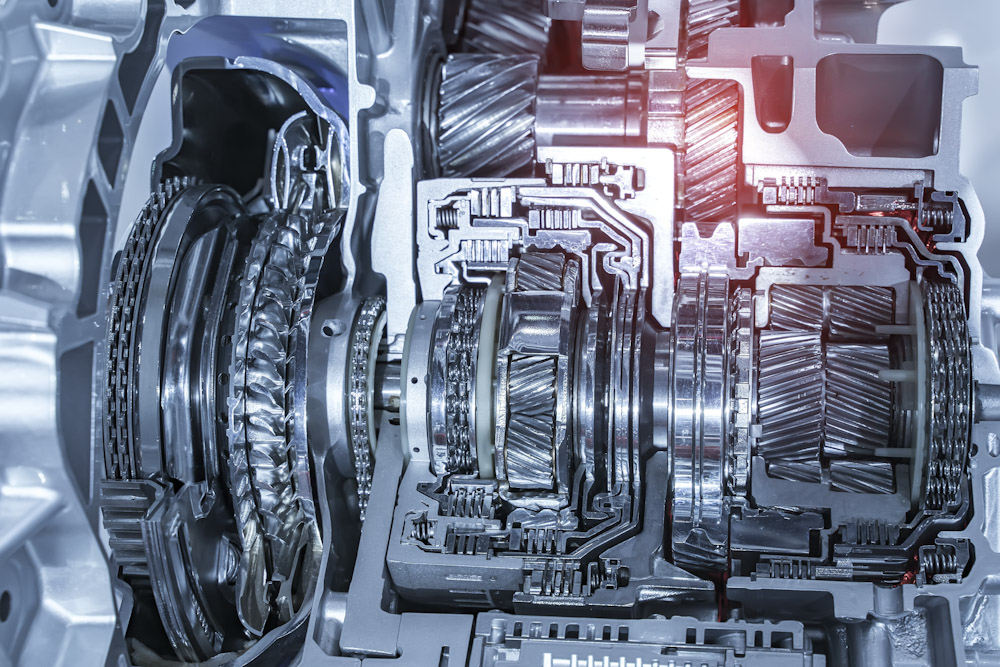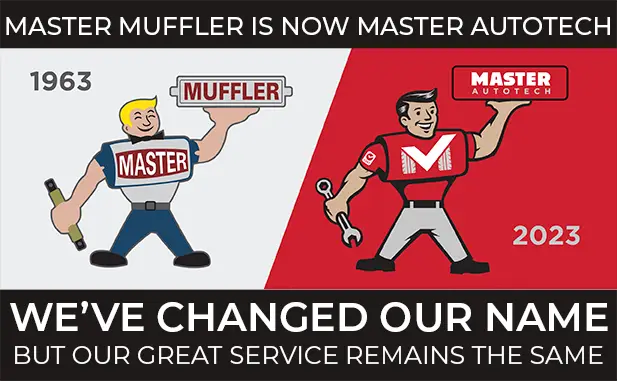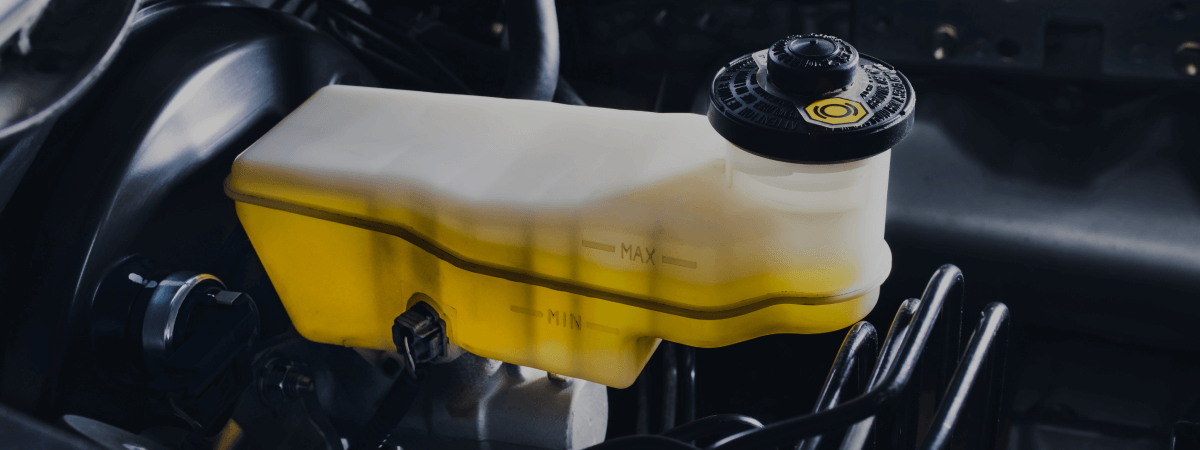
Ever since our earliest days, we have been searching for our tribe; a group that we can call a family or a community; a flock to fly with, that will offer companionship and protection. In the days of antiquity, these groups were literal tribes that formed our hunting parties and comprised our village. Today, we still look for like-minded people by which to categorize ourselves, like asking someone what their Hogwarts House is, or which Ninja Turtle they identify with. These distinctions come thanks to the bevy of options we have to shape our interests each day.
Take driving for example: in the beginning, there were only “liquid fuel people,” or those who used gas to power their engines; today, we have both “liquid fuel people” and “electric people.” The same is true for transmission; do you drive manual or automatic? While it may not be deemed an inherently important decision on the surface, drivers who associate with one car or the other, one transmission or the other, take a great amount of pride in their lifestyle choice. Let’s dig a little deeper to learn more about what makes both styles of driving unique.
Automatic or Manual
One might think that automatic transmission is a relatively new invention, only made possible in the last few decades, while manual has been the dominant mode of transmission since the beginning. In truth, the automatic transmission has been around much longer than one might guess.
Some history
- While manual transmission has indeed been the dominant mode of gear input since the invention of the modern car in the 1800s, the turn of the 20th Century saw the advent of the automatic transmission﹘1904, to be exact.
- Developed in Boston, the first automatic transmission would naturally increase gears along with the speed of the vehicle and decrease as it slowed down. The system was tremendously unreliable, however, as the flywheels that powered it would fall out of alignment if the car went too fast.
- A patent for a transmission in which “clutches are arranged to selectively engage and drive the differential shaft dependant upon the speed at which the differential shaft rotates,” was accepted in 1923, though universal automatic transmission wouldn’t catch on for some year more.
- 1939 saw the introduction of the hydraulic automatic transmission, using fluids to shift gears, but less than 10 years later a torque transmission was developed which is still used today.
Throughout the development of automatic transmission, tinkerers and car repair people kept striving for ever more intuitive ways to drive without having to worry about manually engaging a clutch and shifting gears. Whereas the earliest transmissions only had a few speeds, today cars are being developed with up to 10 speeds, all automatically rotated.
The Major Differences
The differences between the automatic and the manual transmissions lie in a few very distinct areas. Each type represents a different kind of focus for an auto repair professional like those at Master Muffler. For example:
- Automatic transmissions utilize a simplified gear selector, most commonly choosing between “P” Park, “R” Reverse, “N” Neutral, and “D” Drive. This can be done by shifting a dial onto each of these letters, or even by pushing a button.
- Manual transmissions require a bit more finesse. Instead of a simplified gear selector, manual uses a gear tree to move between the different inputs. This tree covers room for gears 1-5, a spot to “R” Reverse, and a stationary position indicating “N” Neutral.
- Manual drivers must also worry about the clutch, a device that controls the link between the engine and the transmission. By coupling and decoupling the clutch in tandem with gear changes, the car is able to account for changes in speed without stalling.
While all cars rely on essentially the same parts to shift through their gears, the different types of input﹘manual and automatic﹘represent the innovative nature of car design and auto repair. Our Provo team is fully capable of servicing both types of transmission, ensuring that you will have a smooth ride every time.
Related Posts
Key Takeaways On average, passenger vehicle tires last 40,000 to 60,000 miles, depending on type, driving habits, and maintenance. Replace tires when tread depth reaches 2/32”, if damaged, or older than 10 years. Regular rotation, alignment, and proper inflation extend tire life. Aggressive driving, poor roads, and harsh weather shorten tire lifespan. Take advantage [...]
When you think about car maintenance, you probably focus on oil changes, tire rotations, and maybe even brake pad replacement. But what about your brake fluid? If you’ve ever wondered, “What does brake fluid do?” or “Why is brake fluid important?”, you’re not alone. Brake fluid might not be the most talked-about part of [...]
Is that high-pitched squeal from your brakes driving you—and everyone else—crazy? Don’t ignore it. Squeaky brakes aren’t just annoying, they’re your car’s way of saying something needs attention. Whether you're cruising through Salt Lake City or winding up Idaho’s mountain passes, here’s what’s likely going on, how you can fix it, and when it [...]





